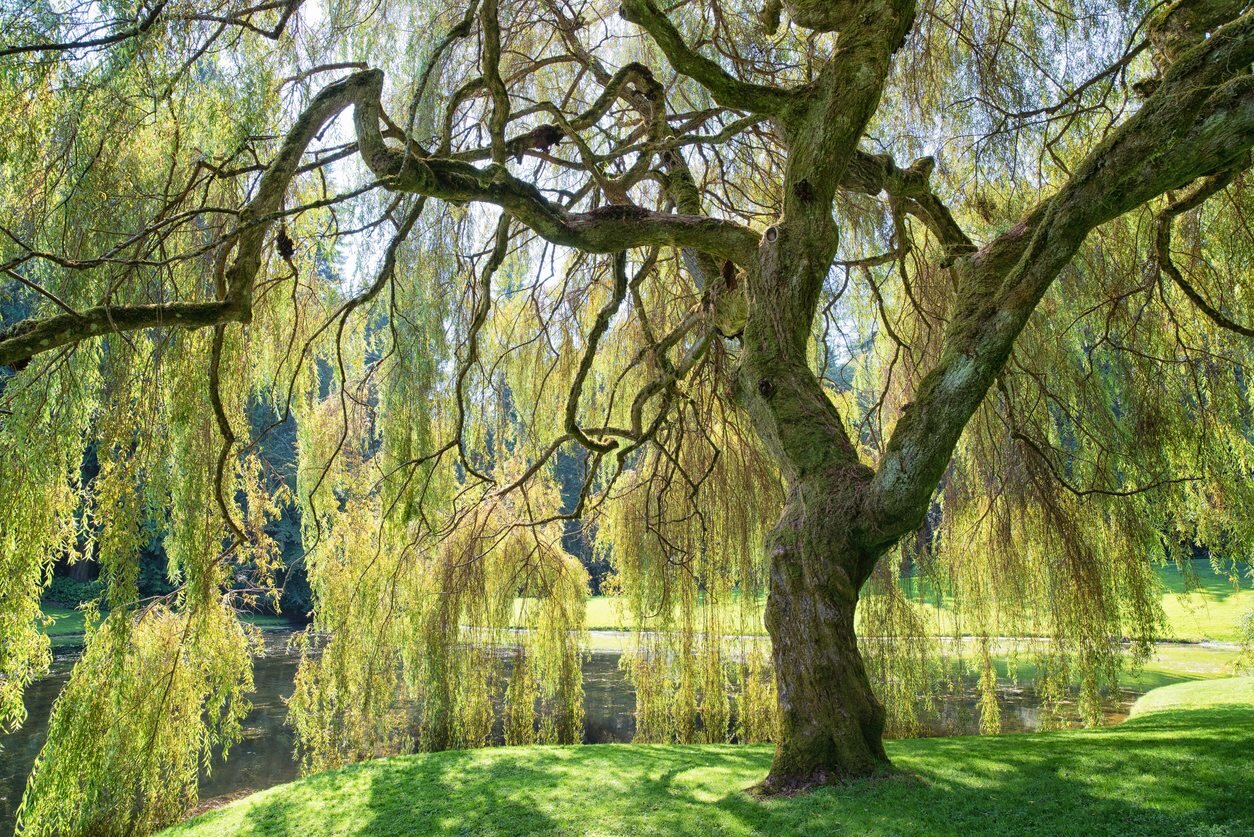Weeping Willow
SCIENTIFIC NAME: Salix babylonica
FAMILY: Salicaceae
Hardiness zone 4 to 6
Growth habit: Large deciduous shade tree with long hanging branches that swing at the slightest breeze. From a distance this photogenic tree has a graceful, attractive appearance.
Foliage: Long, slender bright green leaves grow in an alternate pattern on the branch.
Flowers: Trees are either male or female, so the flowers will appear on separate trees. Flowers are small and mostly inconspicuous.
Fruit: Fruit is a small capsule containing cottony seeds produced by female trees.
Bark: The main trunk is gray and slightly furrowed.
Twigs: On one year-old branch the bark is greenish-yellow.
Insects and diseases: No major pests but aphids can be bothersome.
Landscape value: This tree was introduced from China. In Colorado landscapes true Salix babylonica can be a large tree (i.e., 60 feet tall by 40 feet wide). Therefore it will need plenty of room to grow. It tolerates various soil types and alkalinity. Being a willow it likes plenty of water. There are several weeping willow cultivars available in the Colorado Nursery trade that are not true Salix babylonica, but carry the common name weeping willow. The most common of these cultivars is Niobe weeping willow (Salix alba ‘Tristis’).
Information sources: Elbert L. Little, The Audubon Society Field Guide to North American Trees -- Western RegionMichael Kuhns, Trees of Utah and the Intermountain West (Utah State University Press, 1998)
Photo by Gardening Know How

